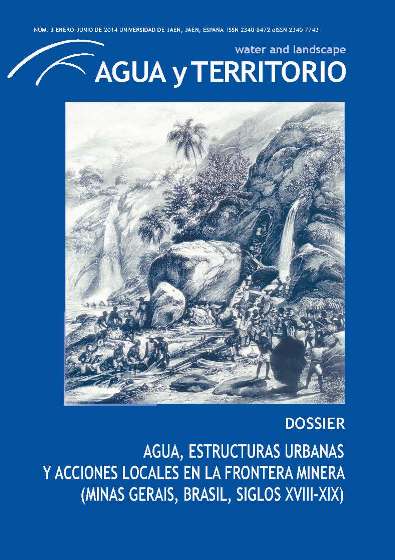Contentious Waters: The Dispute Over the Colorado River (1904-1961)
DOI:
https://doi.org/10.17561/at.v1i3.1424Abstract
Since 1848, when the Treaty of Guadalupe Hidalgo was signed, resulting in the loss of half of Mexico’s national territory, the Colorado River has been the subject of countless international conflicts motivated by competing claims over the control of its waters. At 2,300 kilometers in length, the river is the longest waterway of the Pacific coast and a crucial element of the water supply needs of the western United States. In fact, since the late nineteenth century, the Colorado River played a key role in the expansion of the U.S. agricultural frontier that extends to its western continental confines. Therefore, despite the river’s immense basin, Mexico enjoys only a fraction of it. That tiny portion was disputed by U.S. companies and irrigation agencies, which did not hesitate to violate an international treaty of limits and waters in order to gain total control of its hydraulic currents and thereby ensure the opening of commercial lands in the American southwest.
Downloads
Downloads
Published
Issue
Section
License
© Universidad de Jaén
Seminario Permanente Agua, territorio y medio ambiente-CSIC.
The originals published in the printed and electronic editions of this journal are the property of the University of Jaén and the Seminario Permanente Agua, territorio y medio ambiente (CSIC), as well as the universities that publish specific monographs in Latin America or Europe. The origin must be cited in any partial or total reproduction.
Unless otherwise indicated, all the contents of the electronic edition are distributed under a "Creative Commons Attribution 4.0 Spain" (CC-by) licence. You can consult from here the informative version and the legal text of the license. This circumstance must be expressly stated in this way when necessary.














